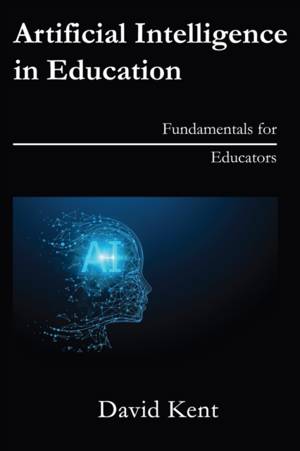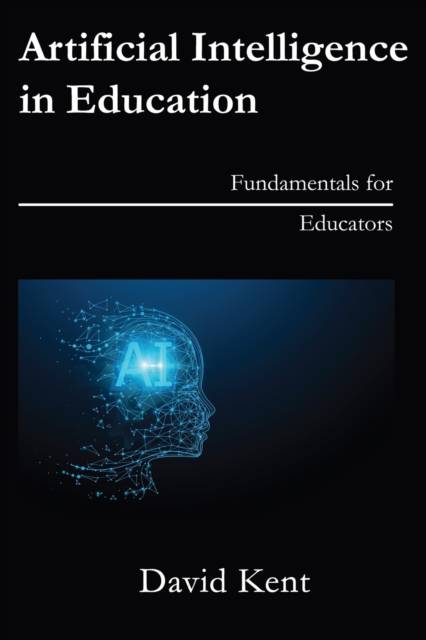
- Afhalen na 1 uur in een winkel met voorraad
- Gratis thuislevering in België vanaf € 30
- Ruim aanbod met 7 miljoen producten
- Afhalen na 1 uur in een winkel met voorraad
- Gratis thuislevering in België vanaf € 30
- Ruim aanbod met 7 miljoen producten
Zoeken
€ 25,95
+ 51 punten
Omschrijving
Artificial Intelligence in Education: Fundamentals for Educators presents those issues in artificial intelligence (AI) that are of concern to teachers when coming to understand the various aspects involved with the field, and how they relate and can be applied to those in education. This includes developing a working knowledge of the key concepts behind AI, and an understanding of the characteristics and evolution of the field itself. The benefits, risks, biases, and ethics involved with AI design, development, and deployment are also considered, and this includes aspects of AI and human perception, how these differ, and what this means practically. The manner in which we can naturally come to interact with AI systems, along with an understanding of the differences and similarities between human-machine learning. After these fundamentals are established, the five big ideas in AI for education are introduced, and the more integral aspects of each, including their implications for society, are examined. This establishes a grounding for presenting what it now means to be teaching and learning in the era of the fourth industrial revolution; how digital assistants and voice user interfaces, along with chatbots and robots, can be applied in the teaching and learning context, particularly that of English language learning; and how the design thinking process can assist in the development of pedagogical projects in educational workplaces. The text also has a companion workbook in which all of the activities presented can be completed.
Specificaties
Betrokkenen
- Auteur(s):
- Uitgeverij:
Inhoud
- Aantal bladzijden:
- 340
- Taal:
- Engels
Eigenschappen
- Productcode (EAN):
- 9791197088797
- Verschijningsdatum:
- 15/02/2022
- Uitvoering:
- Paperback
- Formaat:
- Trade paperback (VS)
- Afmetingen:
- 152 mm x 229 mm
- Gewicht:
- 453 g

Alleen bij Standaard Boekhandel
+ 51 punten op je klantenkaart van Standaard Boekhandel
Beoordelingen
We publiceren alleen reviews die voldoen aan de voorwaarden voor reviews. Bekijk onze voorwaarden voor reviews.











